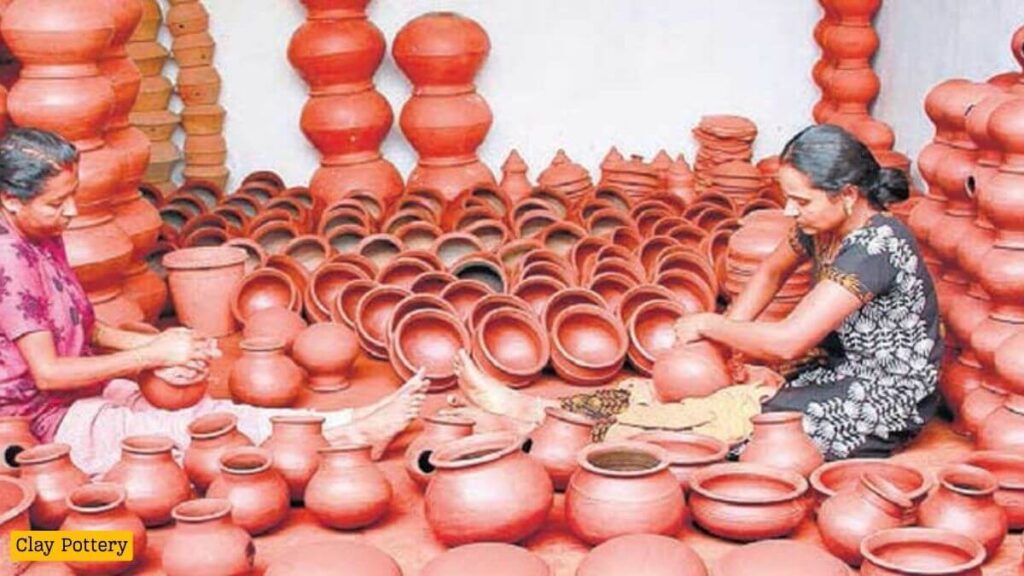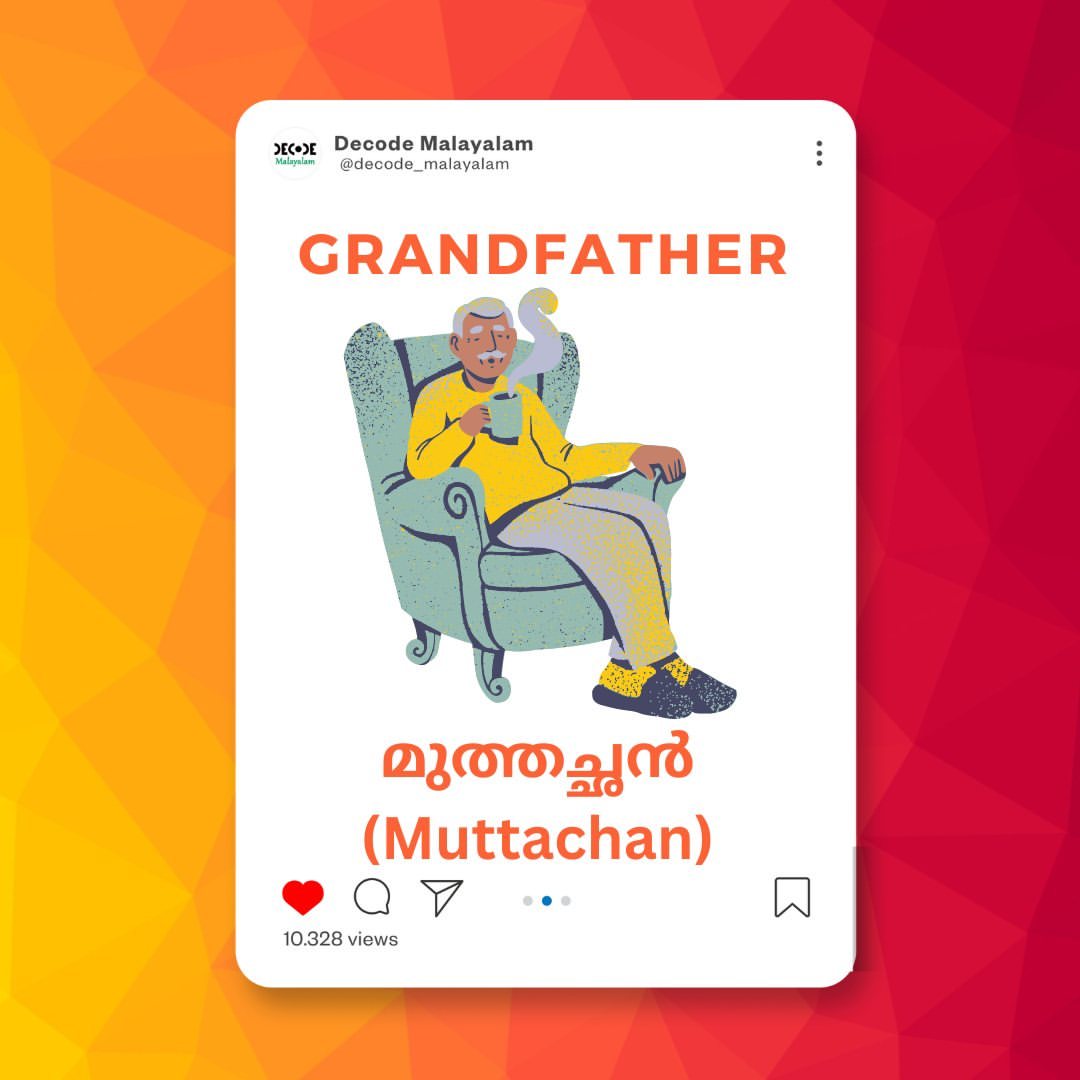Introduction
Imagine a world where each piece of kitchenware tells a story of tradition, craftsmanship, and cultural heritage. This is the world of Kerala’s traditional clay pottery. From the rustic charm of earthen pots to the intricate beauty of decorative items, Kerala’s clay pottery is more than just an art form; it’s a testament to the region’s rich history and cultural diversity. In this article, we delve into the fascinating world of Kerala’s traditional clay pottery, exploring its history, techniques, significance, and how you can learn this timeless craft.
The Rich History of Kerala’s Traditional Clay Pottery

Kerala’s traditional clay pottery dates back thousands of years, with its origins rooted in the ancient Indus Valley Civilization. Archaeological findings suggest that pottery was a significant part of daily life in ancient Kerala, used for cooking, storage, and ceremonial purposes. The state’s abundant natural resources, including high-quality clay, played a crucial role in the development of this craft.
Historically, pottery in Kerala was more than just a utilitarian craft; it was intertwined with the social and religious fabric of the community. Potters, known as “Kusavars,” held a respected position in society, and their skills were passed down through generations. The traditional techniques and designs have been meticulously preserved, reflecting the unique cultural identity of Kerala.
The Art and Craft of Clay Pottery

Materials and Tools
The primary material used in Kerala’s traditional clay pottery is locally sourced clay, known for its fine texture and plasticity. Potters often blend different types of clay to achieve the desired consistency and durability. Other essential materials include water for mixing and shaping, and natural pigments for coloring and decoration.
The tools used in pottery are simple yet effective. They include wooden paddles, stone grinders, and pottery wheels. Each tool has a specific function, from shaping and smoothing the clay to creating intricate patterns and designs.
Techniques and Processes
The process of creating clay pottery in Kerala involves several stages, each requiring precision and skill. The journey begins with the preparation of clay, where it is cleaned, soaked, and kneaded to remove impurities and achieve the right consistency. The prepared clay is then shaped using a pottery wheel or by hand, depending on the type of item being made.
One of the distinctive features of Kerala’s pottery is the technique of “coil and pinch,” where coils of clay are stacked and pinched together to form the desired shape. This method allows for greater flexibility and creativity in design. Once the basic shape is achieved, the potter uses various tools to smooth the surface and add decorative elements.
The final step is firing, where the shaped clay items are dried and then fired in a kiln at high temperatures. This process hardens the clay and gives it a distinct, durable finish. Traditional kilns in Kerala are often fueled by wood, adding a unique character to the pottery.
The Cultural Significance of Clay Pottery in Kerala
Kerala’s traditional clay pottery holds immense cultural significance. It is not just an art form but a reflection of the region’s way of life. Pottery items are used in various aspects of daily life, from cooking and serving food to religious rituals and festivals.
In rural Kerala, clay pots are still preferred for cooking, as they impart a unique flavor to the food and retain heat for longer periods. Decorative pottery items, such as lamps and figurines, are an integral part of festivals like Onam and Vishu, symbolizing prosperity and well-being.
Learning Kerala’s Traditional Clay Pottery
If you’re intrigued by the artistry and cultural heritage of Kerala’s traditional clay pottery, learning this craft can be a rewarding experience. Here are some practical tips to get started:
Find a Local Potter or Workshop

The best way to learn Kerala’s traditional clay pottery is by seeking guidance from a skilled potter. Many local potters offer workshops and classes where you can learn the basics of clay preparation, shaping, and firing. These hands-on sessions provide valuable insights into the techniques and nuances of the craft.
Join Online Courses
For those who cannot access local workshops, online courses are a convenient alternative. Platforms like Decode Malayalam offer comprehensive courses on Kerala’s traditional crafts, including clay pottery. These courses cover everything from the history and significance of the craft to step-by-step tutorials on creating your own pottery items.
Practice Regularly
Like any other art form, proficiency in clay pottery comes with regular practice. Start with simple projects, such as small pots or bowls, and gradually move on to more complex designs. Practicing regularly helps you develop a feel for the clay and improve your skills over time.
Study Traditional Designs
Understanding traditional designs and patterns is crucial to mastering Kerala’s clay pottery. Study the motifs and styles commonly used in traditional pottery and try to incorporate them into your own creations. This not only adds authenticity to your work but also helps preserve the cultural heritage of the craft.
Benefits of Learning Kerala’s Traditional Clay Pottery
Learning Kerala’s traditional clay pottery offers numerous benefits, both personal and cultural. Here are a few reasons why you should consider enrolling in a course on Decode Malayalam:
Connect with Cultural Heritage
Clay pottery is an integral part of Kerala’s cultural heritage. By learning this craft, you gain a deeper understanding and appreciation of the region’s history and traditions. It allows you to connect with the past and contribute to the preservation of this ancient art form.
Enhance Creativity
Clay pottery is a highly creative and expressive craft. It encourages you to experiment with different shapes, designs, and techniques, enhancing your artistic skills. The tactile nature of working with clay also provides a therapeutic and relaxing experience.
Promote Sustainability
In an age of mass production and disposable goods, traditional clay pottery stands as a symbol of sustainability. Clay pots are eco-friendly, biodegradable, and have a minimal environmental impact. By learning and promoting this craft, you contribute to sustainable living practices.
Create Unique, Handmade Items
One of the most rewarding aspects of learning clay pottery is the ability to create unique, handmade items. Whether it’s a functional kitchen pot or a decorative piece, each item carries a personal touch and tells a story. These handmade creations make for meaningful gifts and cherished keepsakes.
Conclusion
Kerala’s traditional clay pottery is a timeless craft that embodies the region’s rich cultural heritage and artistic traditions. From its ancient origins to its modern-day significance, clay pottery continues to captivate and inspire. By learning this craft, you not only acquire a valuable skill but also contribute to the preservation of an ancient art form.
If you’re ready to embark on this creative journey, consider enrolling in a course on Decode Malayalam. Our comprehensive courses offer detailed tutorials, expert guidance, and practical tips to help you master Kerala’s traditional clay pottery. Discover the joy of creating with clay and connect with a centuries-old tradition that continues to thrive in the heart of Kerala.
Read More:












